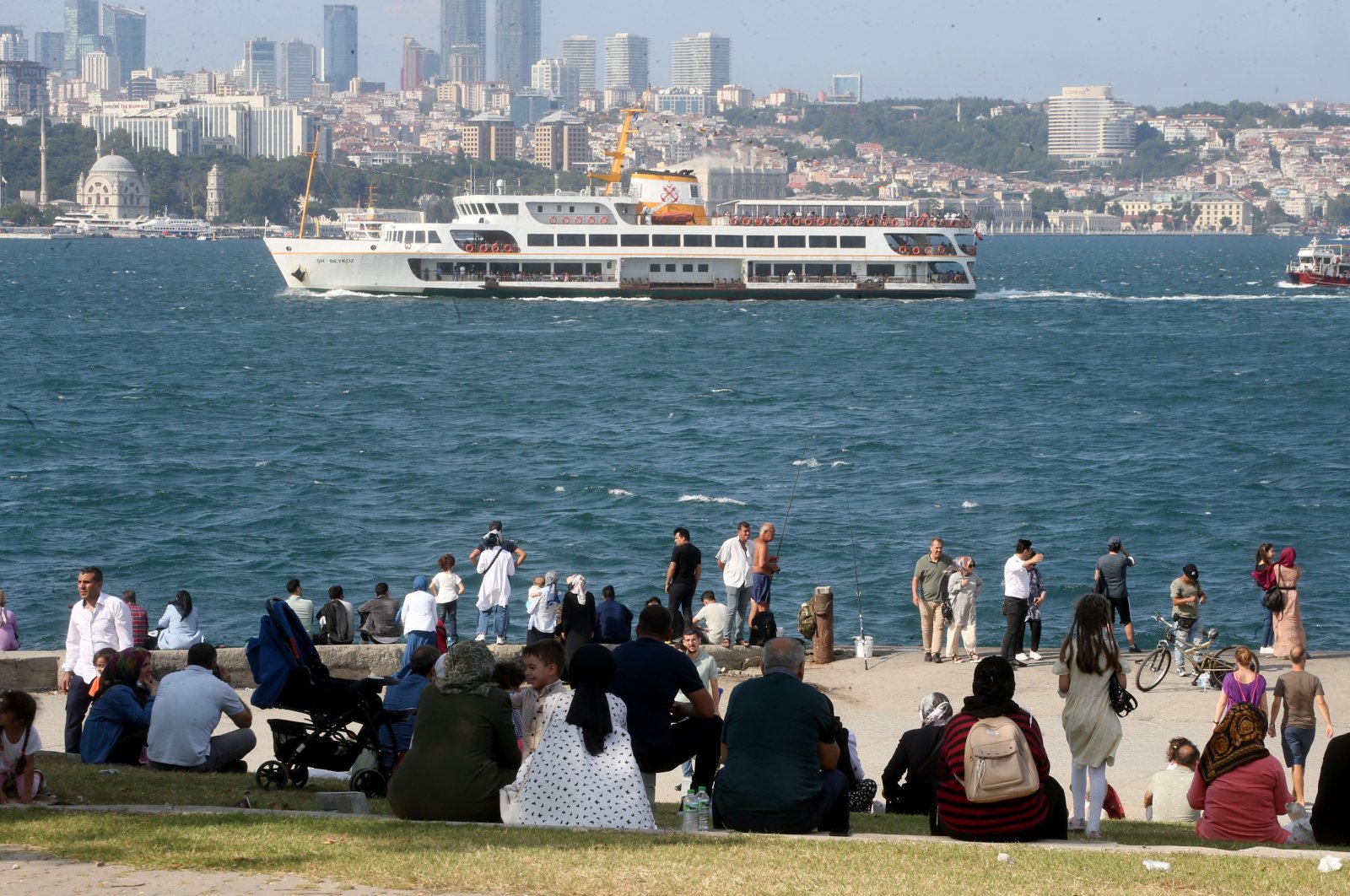The Marmara Sea with which Istanbul, the country’s most populated city, shares a lengthy coast is under threat of a tsunami, a report presented to the Parliament says, noting that giant waves can reach the shore in an hour and emergency plans are needed
Arecent report presented to the Turkish Parliament called attention to the lingering threat of tsunamis in the Marmara Sea, putting Turkey’s big cities along its coast at risk. The report, drafted by a parliamentary subcommittee investigating earthquake risks, says it could take just 10 minutes for towering tsunami waves to reach the shores in the event of an earthquake.
Turkey has experienced devastating earthquakes in the past, including a 7.4-magnitude earthquake in Gölcük in 1999 that killed more than 17,000 people in the greater region. The country is located in one of the world’s most seismically active zones as it sits on several active fault lines, with the Northern Anatolia Fault, the meeting point of the Anatolian and Eurasian tectonic plates, possessing the potential to cause the most devastation. The last big earthquake took place in October 2020 when a 6.6-magnitude earthquake struck off the coast of Izmir, killing a total of 115 people.
The report by the Research Committee for Measures Against Earthquakes and Minimizing Earthquake Damage, published by the Milliyet newspaper, details that Turkey is “open to tsunami threat” due to high seismic activity. It notes that the Mediterranean, Aegean and Marmara coasts are particularly susceptible due to the “heavy use (settlement) of the shores.” It adds that Turkey has experienced 136 tsunamis. The most recent tsunamis took place in 2017 in an area between the southwestern town of Bodrum and the Greek island of Kos and in October 2020, affecting Izmir’s Seferihisar district (near the epicenter of the deadly earthquake) and the nearby Greek island of Samos to the north.
Most tsunamis were reported in the Marmara Sea, as well as off Izmir, the southern town of Iskenderun and the southwestern town of Fethiye. The Marmara Sea featured heavily in the report, which recalled that the tsunami waves exceeded two meters (6.6 feet) in height in 1999 when one of the deadliest earthquakes rocked the country. The 1999 tsunami impacted the Tütünçiftlik, Hereke and Değirmendere districts, all in the province of Kocaeli, where the epicenter of the disaster was located.
Over the years, the Marmara Sea has experienced dozens of tsunamis. The report warned that the first tsunami wave would hit the shore within 10 minutes of an earthquake and that the highest tsunami wave would reach the coast within an hour to an hour and a half. It also warned that eastern parts of the Marmara and the Princes’ Islands would be “most susceptible to a tsunami.”
The Istanbul-based Kandilli Observatory and Earthquake Research Institute, the country’s leading earthquake observation center, is working to establish a tsunami early warning system. The institute monitors around the clock all earthquakes of a magnitude of 5.5 or higher that have the potential to create tsunamis.
The report also lists a number of tsunami precautions. “All relevant agencies, primarily the Disaster and Emergency Management Presidency (AFAD), should draft emergency evacuation and action plans for coastal settlements after determining dangers and risks and susceptibility to the damage,” the report urges. The report calls for the installation of seismometers on the seabed, the drafting of tsunami danger maps for the Marmara Sea and establishing or increasing the number of early warning systems in the Marmara, Aegean and Mediterranean seas. Lastly, it recommends applying special measures to minimize tsunami damage to structures on the coasts.










Discussion about this post